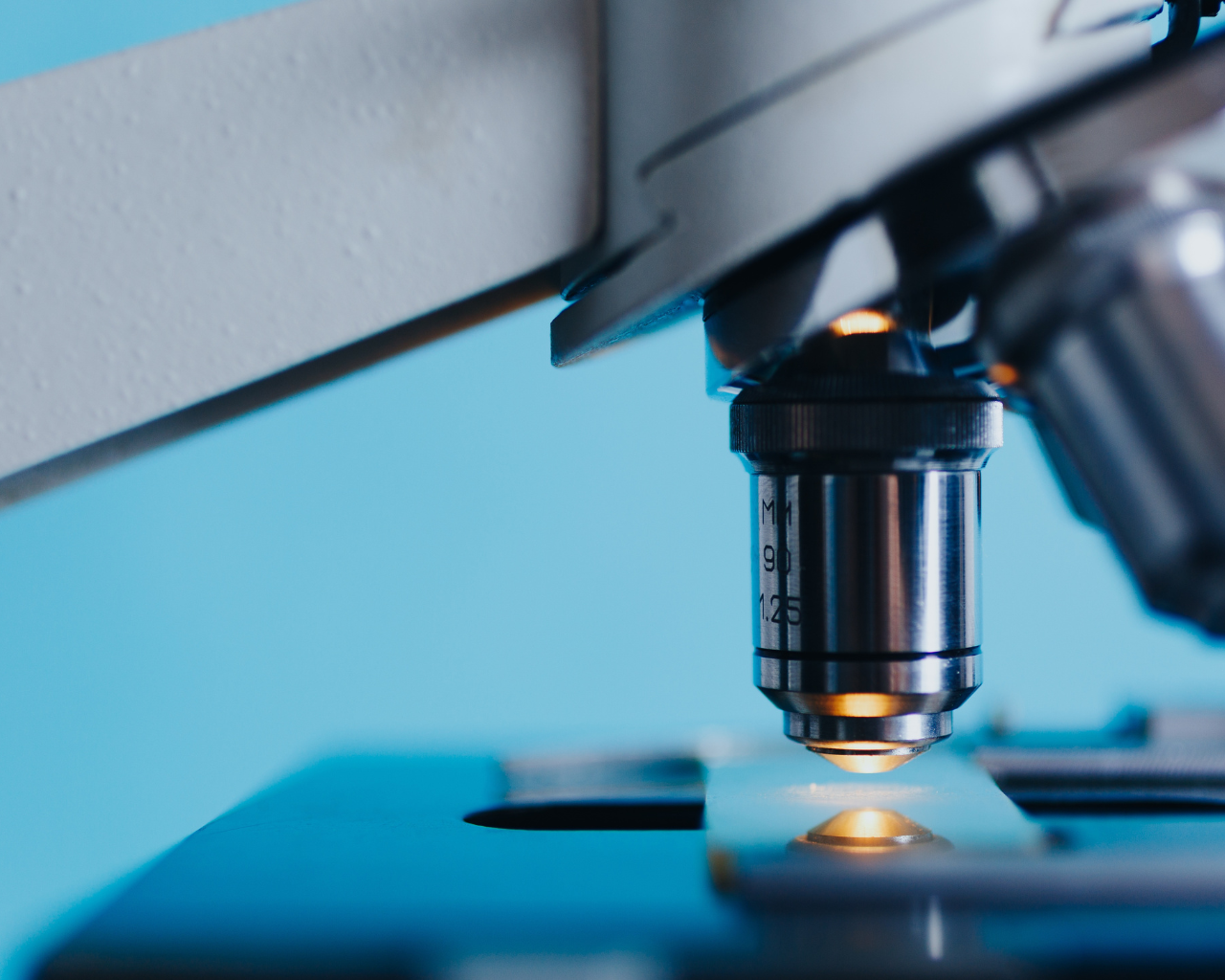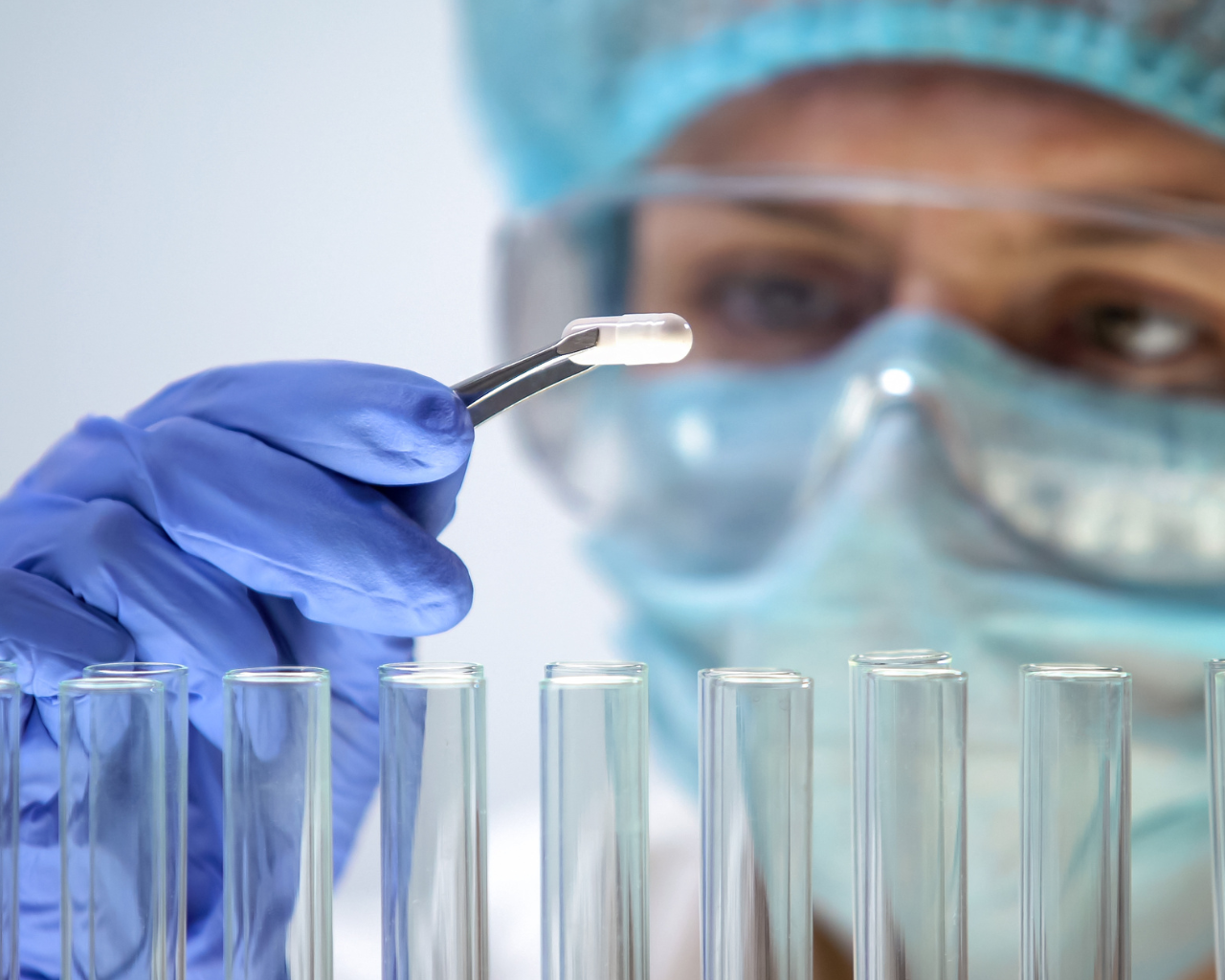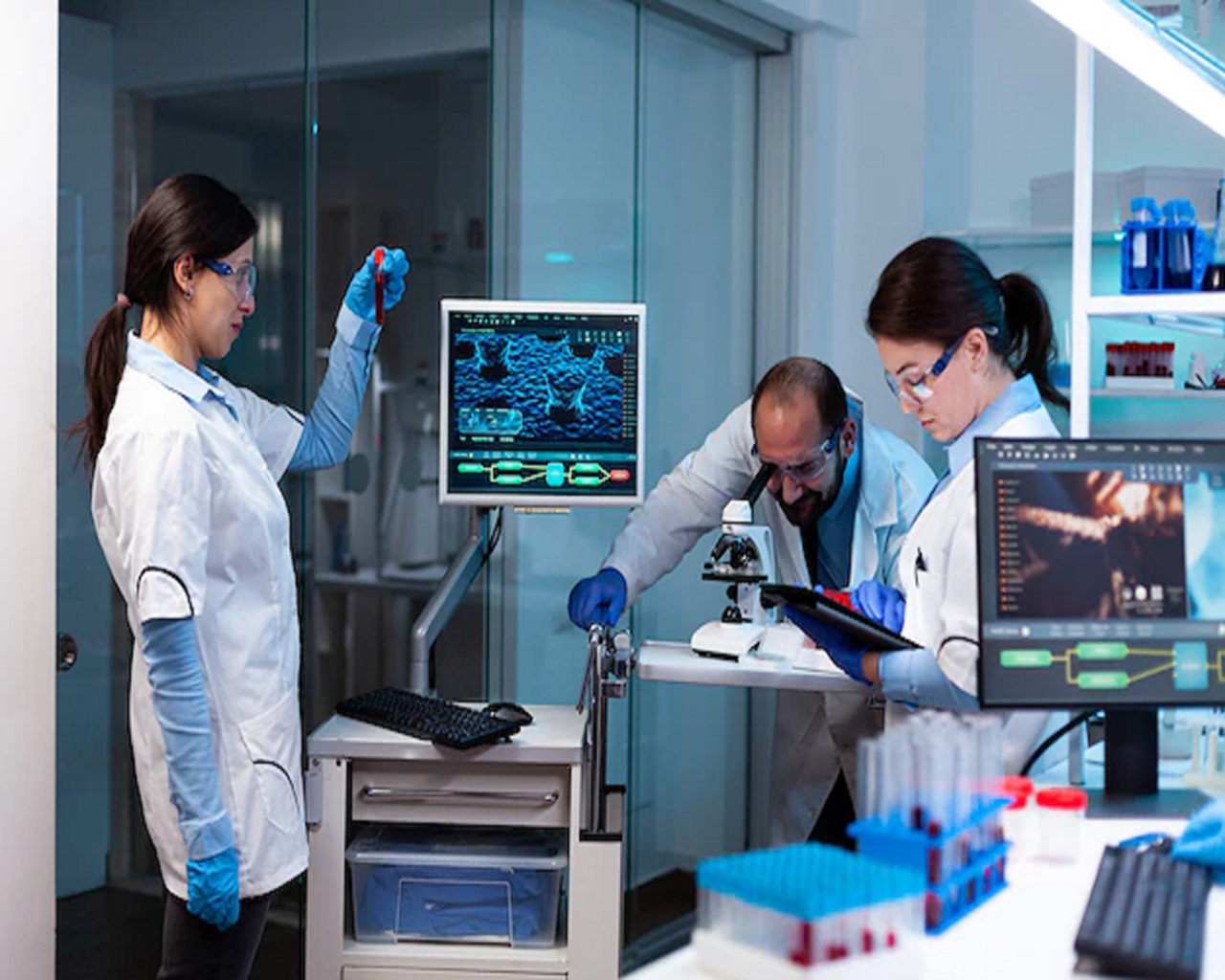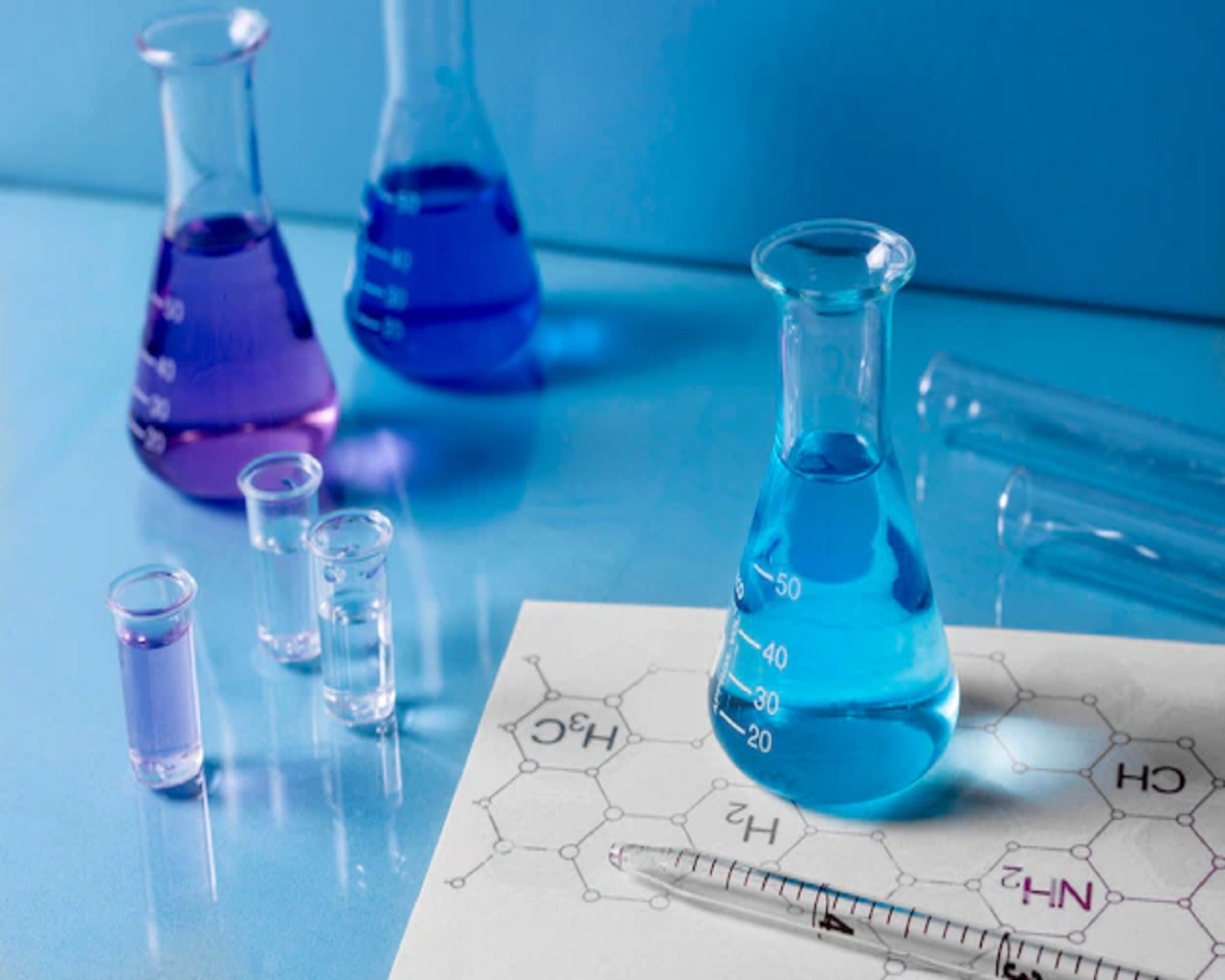03 Apr The Indian Ministry of Health revises the GMP standards
- on January 6, 2024, the Indian Ministry of Health notified the revision of GMP rules in accordance with Schedule M of the Drug and Cosmetic Regulation, with the aim of ensuring robust quality control for pharmaceutical and biopharmaceutical products.
With this revision, the emphasis is placed on enhancing and updating the existing GMP framework to align with the global standards and international expectations, in particular those of the World Health Organization (WHO). The review was also driven by the rapid evolution of the manufacturing and quality domain and the need to keep pace with the latest technological advances.
With the amendment, the term ‘Good Manufacturing Practices’ (GMP) has been replaced with “Good Manufacturing Practices and Requirements of Premises, Plant and Equipment for Pharmaceutical Products”.
Some of the major changes introduced in the revised Schedule M include the introduction of a pharmaceutical quality system (PQS), quality risk management (QRM), product quality review (PQR), qualification and validation of equipment, and a computerised storage system for all drug products.
The revised Schedule M has 13 parts which provide GMP guidelines for the specific requirements for manufacturing pharmaceutical drugs and also include five new categories of drugs that were not previously covered under the rules.
The new categories include pharmaceutical products containing hazardous substances such as sex hormones, steroids (anabolic and androgenic), cytotoxic substances, biological products, radiopharmaceuticals, phytopharmaceuticals, and investigational pharmaceutical products for clinical trials for humans.
“The manufacturer must assume responsibility for the quality of pharmaceutical products to ensure that they are fit for their intended use, comply with the requirements of the licence, and do not place patients at risk due to inadequate safety, quality, or efficacy. The manufacturer must also market a finished product only after getting satisfactory results from tests of the ingredients and retain enough samples of intermediate and final products to allow repeated testing or verification of a batch.” [Health Ministry notifies revised Pharma manufacturing rules under schedule M to ensure quality control – The Hindu].
SOURCES:
https://www.thehindu.com/









